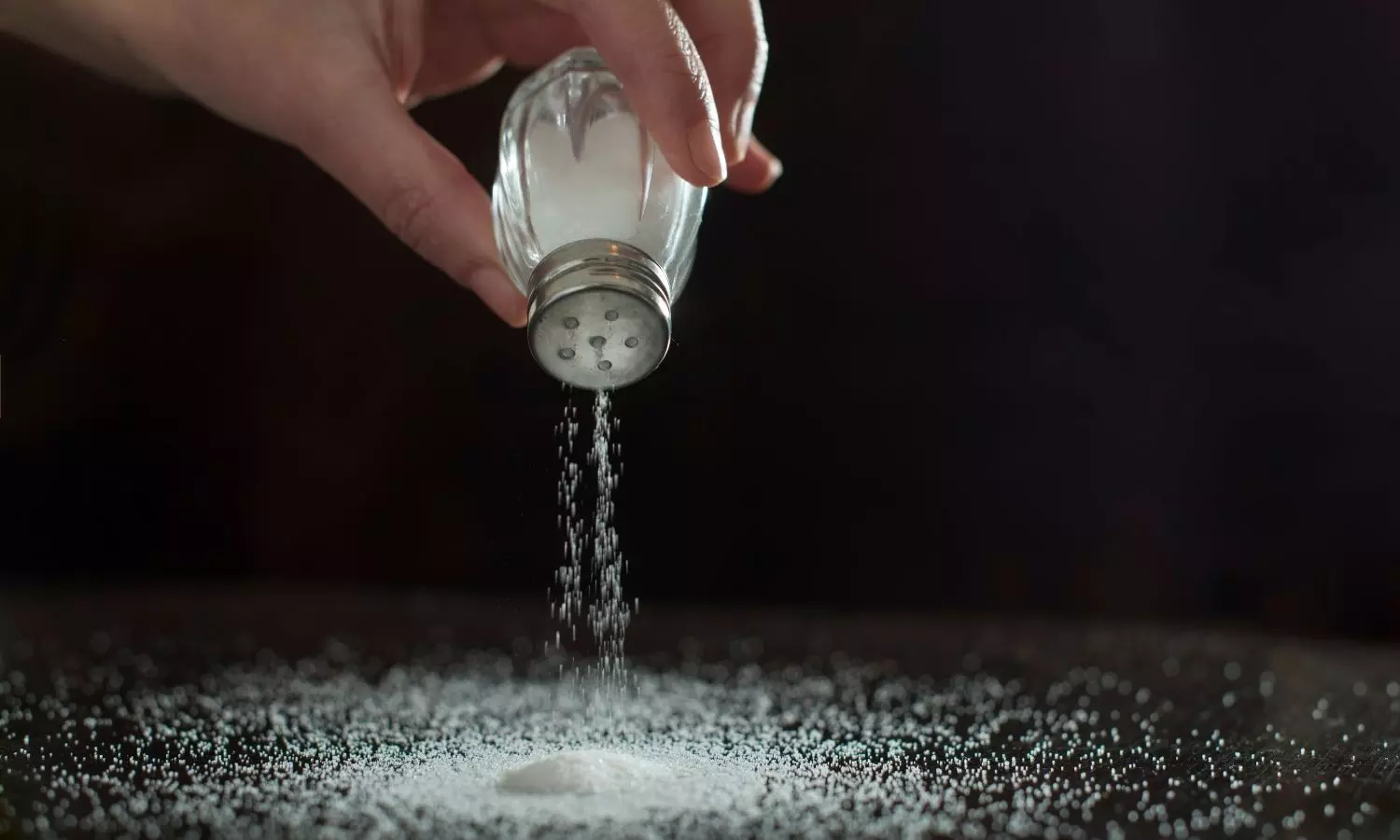India’s Salt Consumption 2.2 Times Higher Than WHO Limit, ICMR Warns of Stroke and BP Risks

New Delhi: Indians are consuming salt at levels more than 2.2 times the amount recommended by the World Health Organization (WHO), significantly raising the risk of serious health problems such as hypertension, stroke, and kidney disease, according to the Indian Council of Medical Research–National Institute of Epidemiology (ICMR-NIE).
WHO recommends less than 5 grams of salt per day (equivalent to under a teaspoon) or below 2 grams of sodium per day. However, ICMR-NIE revealed that "the mean salt consumption per day by an Indian is 11 grams per day, which is 2.2 times more than the WHO recommendation."
Regular iodised salt, widely used in Indian households, contains about 40 per cent sodium, which is substantially higher than the safe limit. The WHO recommends switching to low-sodium salt as a safer alternative.
"Major salt source is hidden in Indian diet and the hidden salt is fuelling a real risk," said scientists at ICMR-NIE, highlighting pickles, pappad, namkeen, biscuits and cookies, bread, vada pav, chips, instant noodles, and other packaged foods as common culprits of excess salt consumption.
The research body also warned of the deadly impact of high sodium intake. "Excess levels of sodium are dangerous, as an estimated 1.89 million deaths each year worldwide are associated with consuming too much sodium," it said.
Explaining the health risks further, ICMR-NIE noted, "Too much salt in diet raises blood sodium, triggers water retention, increases blood volume, raises blood pressure (hypertension), leading to stroke, cardiovascular disease, kidney disease, osteoporosis, and obesity."
In response to the growing concern, ICMR-NIE has launched Project Namak, a three-year, community-led salt reduction intervention in Punjab and Telangana.
The initiative will assess the effectiveness of structured counselling by health workers at Health and Wellness Centres (HWCs) in reducing salt consumption and blood pressure among people with hypertension.
As part of the intervention, the project advocates for the use of low-sodium salt (LSS), where sodium is partially replaced with potassium or magnesium. "Switching to LSS can lower blood pressure by an average of 7/4 mmHg (millimeters of mercury)," the scientists noted.
However, they cautioned, "LSS is not recommended for people with kidney disease or those on potassium-restricted diets."
To reduce sodium intake, ICMR-NIE advises eating mostly fresh, minimally processed foods, cooking with little or no added salt, avoiding commercial sauces, dressings, and ready-to-eat products, and limiting processed food consumption.
(with inputs from IANS)


